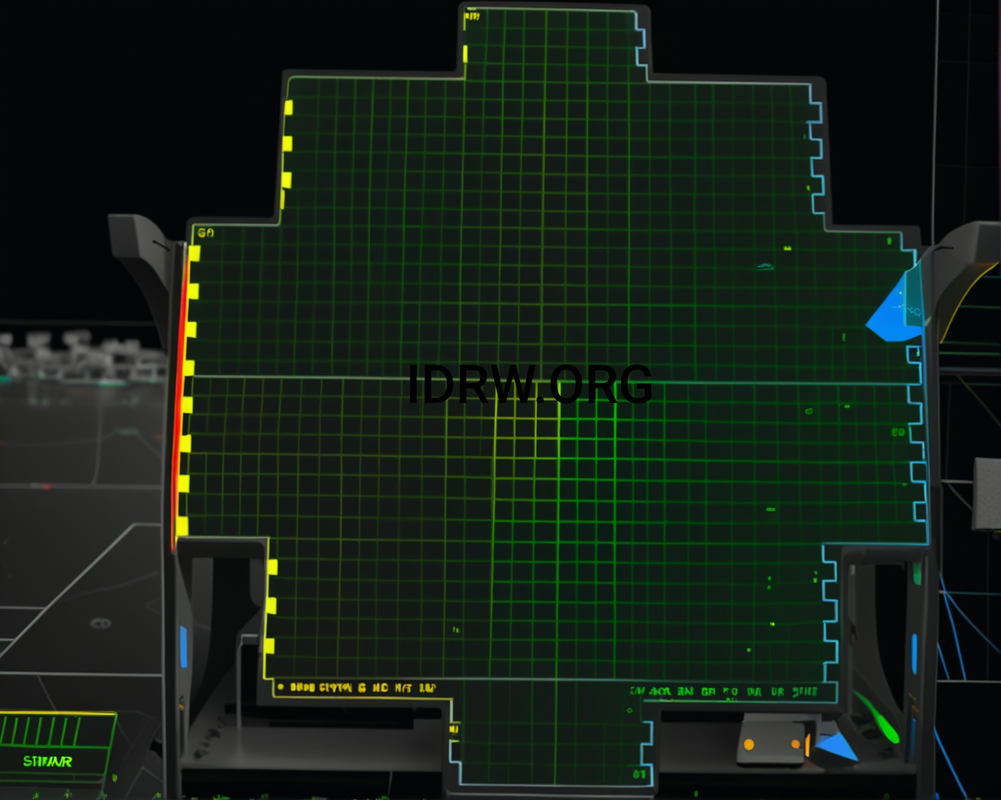SOURCE: RAUNAK KUNDE / NEWS BEAT / IDRW.ORG

The Electronics & Radar Development Establishment (LRDE), a premier lab under DRDO, has embarked on a series of new initiatives in the optoelectronics domain, particularly aimed at revolutionizing radar systems. The focus is primarily on integrating photonics technologies into radar applications, which promises to enhance the performance, accuracy, and efficiency of future radar systems.
The introduction of photonic radar technology marks a significant leap from conventional radar systems. While traditional radar relies on electronic components for signal transmission and reception, photonic radars use light-based technologies, such as lasers, to process signals. This allows for faster data transmission, increased bandwidth, and better signal resolution. LRDE’s efforts to develop photonic modules demonstrate its forward-looking approach to enhancing India’s radar capabilities.
As part of its new developmental activities, LRDE has undertaken three core initiatives related to photonic modules:
- Simulation and Modeling: Developing advanced simulation frameworks to model the behaviour of photonic components and predict their performance in various radar scenarios.
- Software and Firmware Development: Creating robust software and firmware to control photonic modules. This includes sophisticated algorithms that process data more efficiently, enabling quicker responses and improved detection accuracy.
- Testing and Integration: Rigorous testing of photonic modules at the module and sub-module levels. These tests are essential to ensure seamless integration into existing radar systems, validating their functionality before full-scale deployment.
Once the photonic radar technology is fully demonstrated, LRDE aims to benchmark the system against traditional radar technologies. Benchmarking will assess how photonic radar measures up in terms of range, resolution, accuracy, and environmental adaptability. These evaluations will be critical in determining how and when photonic radars can replace or complement existing systems.
Moreover, the integration of photonic radar into existing defence platforms will require significant upgrades in signal processing and data interpretation infrastructure. The potential benefits, however, are immense: photonic radars could detect stealthier targets, improve countermeasure resistance, and provide better performance in cluttered environments, making them a valuable asset for India’s defence forces.
While photonic radars hold immense promise, LRDE’s efforts are just the beginning. The potential of photonics technologies in radar systems goes far beyond the initial scope. Once basic functionalities are validated, LRDE plans to re-explore subsystems to unlock their full potential. This could lead to enhanced applications such as quantum communication, laser-based radar (LIDAR), and hyperspectral imaging systems that could further boost the nation’s defence capabilities.
NOTE : Article cannot be reproduced without written permission of idrw.org in any form even for YouTube Videos to avoid Copy right strikes. Websites doing illegal reproductions will get DMCA and Legal Notices.